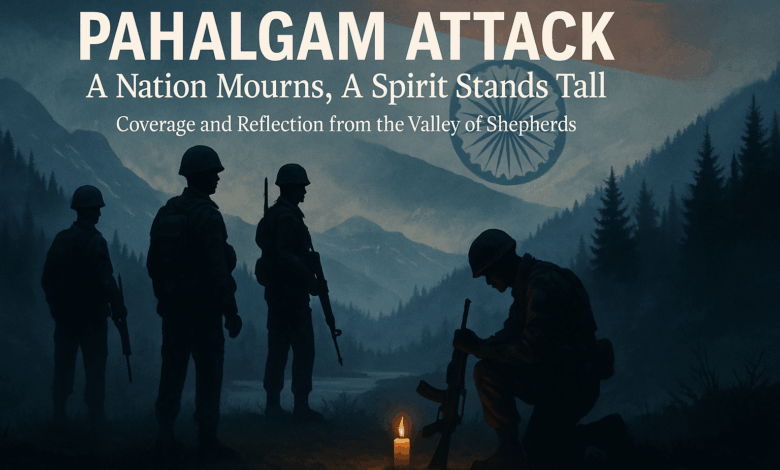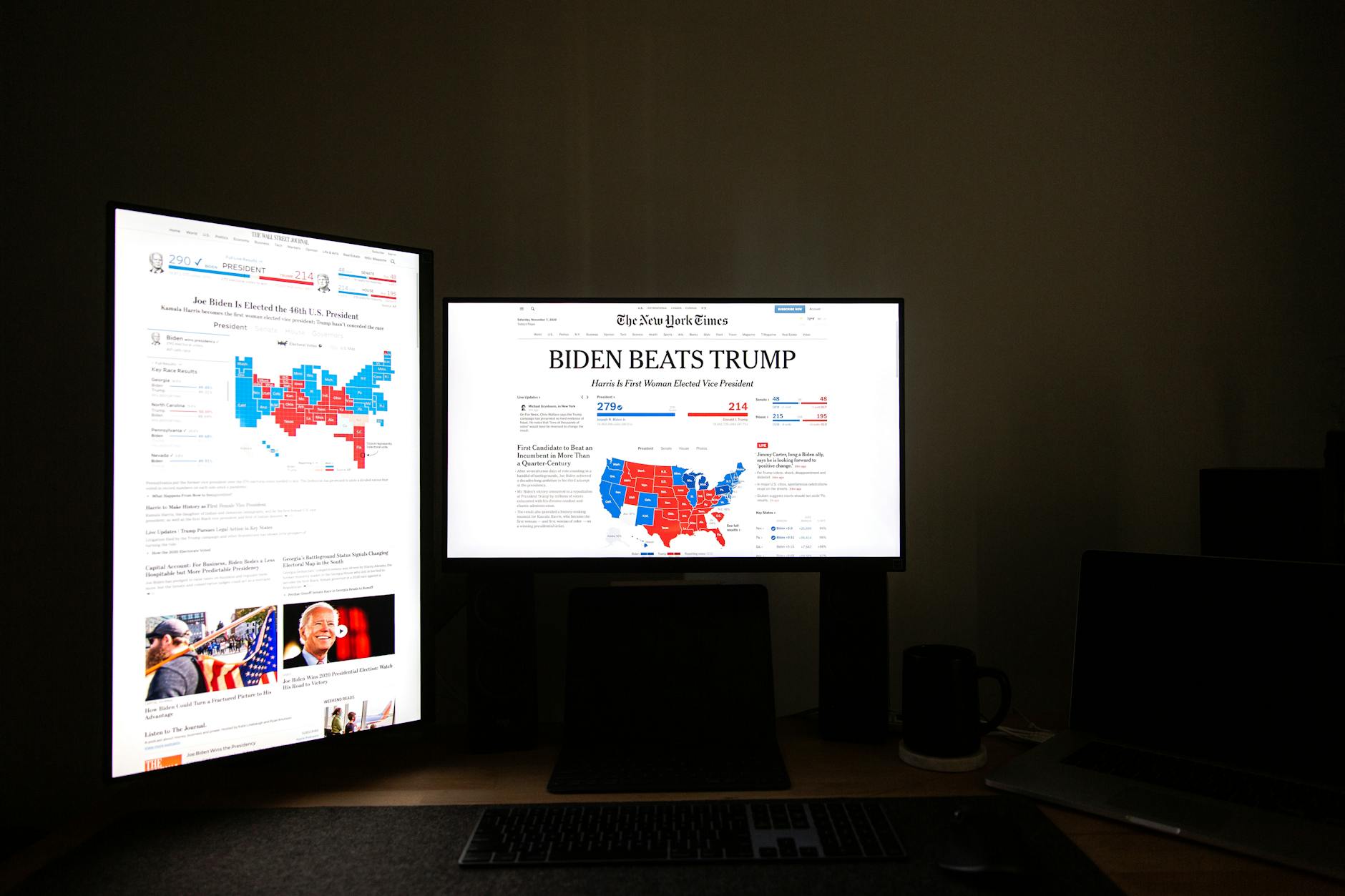The Pahalgam Attack: A Timeline of Terror and Resilience

On April 22, 2025, tranquility turned to terror in the picturesque Baisaran Valley near Pahalgam, Jammu and Kashmir. In a shocking act of violence, 26 lives were tragically cut short, marking the deadliest attack in India since the 2008 Mumbai massacre. 💔 This heinous act, primarily targeting tourists, sent shockwaves across the nation and beyond, reigniting long-standing tensions between India and Pakistan.
The Pahalgam attack wasn’t just another incident in the troubled history of Kashmir—it was a watershed moment that challenged the region’s fragile peace and tested India’s resilience. As the dust settled, questions arose: How could such an attack occur in a popular tourist destination? What were the immediate and long-term consequences? And most importantly, how would India respond to this act of terror? 🤔
In this comprehensive analysis, we’ll delve into the heart of the Pahalgam attack, exploring its immediate impact, the political fallout, and the community’s response. We’ll examine the historical context of terror in Kashmir, scrutinize the government’s reaction, and evaluate the role of media in shaping public perception. Join us as we unravel the complex tapestry of events surrounding this tragic day and its far-reaching implications for India’s security and diplomacy.
The Pahalgam Attack: Details and Immediate Impact
A. Date and location of the attack
The Pahalgam attack occurred on April 22, 2025, in the Baisaran Valley near Pahalgam, Jammu and Kashmir. This scenic tourist area, accessible only by foot or pony rides, became the site of one of the deadliest attacks in India since 2008.
B. Number of casualties and injuries
The attack resulted in:
- 26 deaths (25 tourists, 1 local pony operator)
- Over 20 injuries
C. Identity and motives of the attackers
| Aspect | Details |
|---|---|
| Group | The Resistance Front (TRF) |
| Affiliation | Lashkar-e-Taiba (Pakistan-based) |
| Motive | Initially claimed response to non-local residency policies |
D. Methods used by terrorists during the attack
- Heavily armed with M4 carbines and AK-47s
- Targeted predominantly Hindu tourists
- Segregated victims by religion before execution
With this devastating attack detailed, we’ll next explore the “Political and Diplomatic Fallout” that ensued, including the severe strain on India-Pakistan relations and the international community’s response.
Political and Diplomatic Fallout

Now that we have covered the details and immediate impact of the Pahalgam attack, let’s examine the political and diplomatic fallout.
A. India’s accusations against Pakistan
India has attributed the deadly attack in Kashmir to Pakistani-backed militants, leading to a significant escalation of tensions between the two nations. This accusation has set off a chain of retaliatory measures and diplomatic actions.
B. Retaliatory measures taken by India
In response to the attack, India has taken several strong measures:
- Suspended a crucial water-sharing treaty
- Revoked visas for Pakistani nationals
- Engaged in cross-border fire with Pakistani soldiers
- Conducted demolitions of homes belonging to suspected militants
| Measure | Impact |
|---|---|
| Water treaty suspension | Heightened tensions |
| Visa revocation | Restricted travel |
| Cross-border fire | Increased military hostility |
| Home demolitions | Local outrage and protests |
Security and Investigation

A. Criticism of security lapses in the tourist area
Following the political and diplomatic fallout, attention turned to security measures in Pahalgam. Critics highlighted vulnerabilities in the tourist area, questioning the preparedness of local forces. This scrutiny led to calls for enhanced security protocols in popular destinations across Kashmir.
B. Launch of massive operation to apprehend attackers
In response to the attack, security forces initiated a comprehensive crackdown in south Kashmir. The operation resulted in:
- Detention of 175+ suspects in Anantnag district
- Arrests in surrounding areas like Shopian and Pulwama
- Destruction of homes linked to banned terrorist groups
| Action | Number |
|---|---|
| Suspects detained | 175+ |
| Terrorist homes destroyed | 9 |
These measures aimed to disrupt militant networks and prevent future attacks. As we examine the social and community response next, it’s important to consider the impact of these security actions on local populations.
Social and Community Response

A. Local communities aiding survivors
Following the security measures and ongoing investigation, local communities in Pahalgam demonstrated remarkable resilience. Residents opened their homes to stranded tourists, providing shelter and support. Volunteers organized makeshift medical camps, offering first aid and emotional assistance to survivors.
B. Widespread protests across India
| City | Number of Protesters | Key Demands |
|---|---|---|
| Delhi | 50,000+ | Justice for victims |
| Mumbai | 30,000+ | Enhanced security |
| Kolkata | 25,000+ | Political action |
Protests erupted nationwide, with citizens demanding justice and improved security measures in Kashmir. The demonstrations reflected the nation’s unity in the face of terror, setting the stage for a deeper examination of Kashmir’s historical context of violence.
Historical Context of Terror in Kashmir
A. Timeline of major attacks from 2000 to 2024
The history of terror in Kashmir has deep roots, as evidenced by the tumultuous events of the 1960s and beyond. From the assassination of CID inspector Amar Chand in 1966 to the execution of Maqbool Bhat in 1984, Kashmir has witnessed a pattern of violence and unrest. These incidents have shaped the region’s historical context, leading to a cycle of conflict that continues to impact the present day.
B. Patterns of violence against civilians and security forces
The narrative of Kashmir’s conflict is marked by various forms of violence, including attacks on civilians and security forces. Notable events include:
- 1963: Moi-e-Muqqadas relic incident sparking protests
- 1976: Bank heist involving Maqbool Bhat
- 1984: Murder of Indian diplomat Ravindra Mhatre in Birmingham
These incidents highlight the escalating tensions and the involvement of both local and international actors in the Kashmir conflict. As we transition to examining government and political reactions, it’s crucial to understand how this historical context has influenced policy decisions and diplomatic approaches.
Government and Political Reactions

Now that we’ve explored the historical context of terror in Kashmir, let’s examine the government and political reactions to the Pahalgam attack.
A. Statements from Indian political leaders
Prime Minister Narendra Modi chaired a Cabinet Committee on Security meeting, resulting in significant countermeasures against Pakistan. Foreign Secretary Vikram Misri emphasized India’s commitment to holding terrorism sponsors accountable.
B. Pakistan’s offer for neutral investigation
| Indian Actions | Pakistani Response |
|---|---|
| Expelling Pakistani diplomats | Denying involvement |
| Suspending Indus Waters Treaty | Imposing restrictions on Indian nationals |
| Closing border crossings | Offering neutral investigation |
Media and Public Communication

Now that we’ve covered the government and political reactions, let’s examine the media’s role and public communication surrounding the Pahalgam attack.
A. Government advisories on coverage of defense operations
The Indian government has taken a firm stance on media coverage of the Pahalgam attack. They’ve criticized the BBC’s use of the term “militants” instead of “terrorists” and blocked 16 Pakistani YouTube channels for provocative content. These actions reflect heightened sensitivity to narratives perceived as threatening national security.
B. Political rhetoric and inflammatory statements
| Political Response | Action Taken |
|---|---|
| Indian Government | Suspended Indus Water Treaty |
| Pakistan | Suspended all bilateral agreements |
The attack has sparked intense political rhetoric, with both countries taking retaliatory measures. India has asked Pakistani nationals to leave, while Pakistan has escalated tensions along the Line of Control.

The Pahalgam attack of April 22, 2025, stands as a stark reminder of the ongoing challenges faced by Kashmir and India as a whole. This tragic event, which claimed 26 lives and injured over 20 others, has not only shaken the region but also reignited tensions between India and Pakistan. The incident has led to significant political and diplomatic fallout, intensified security measures, and sparked widespread community responses both in Kashmir and across India.
As we reflect on this attack and its aftermath, it’s crucial to recognize the resilience of the Kashmiri people and the broader Indian community in the face of terror. The response to this tragedy, from the immediate aid provided by local communities to the global condemnation of the attack, demonstrates a collective determination to stand against terrorism. Moving forward, it is imperative that all stakeholders work together to address the root causes of such violence, enhance security measures, and foster an environment of peace and stability in the region. Only through unified efforts and a commitment to dialogue can we hope to prevent such tragedies in the future and build a safer, more harmonious Kashmir.


